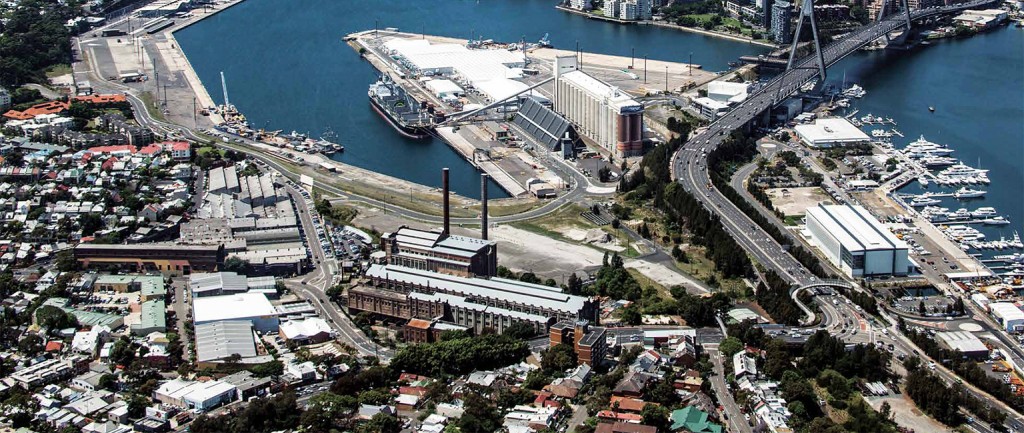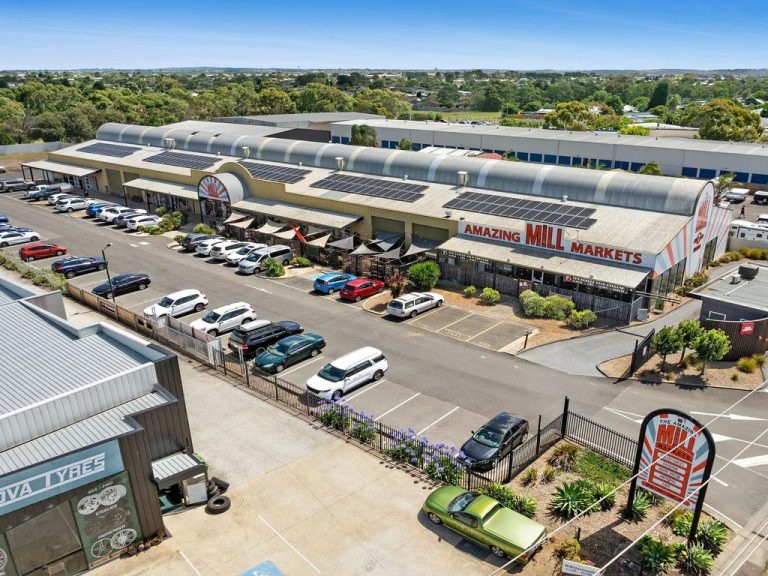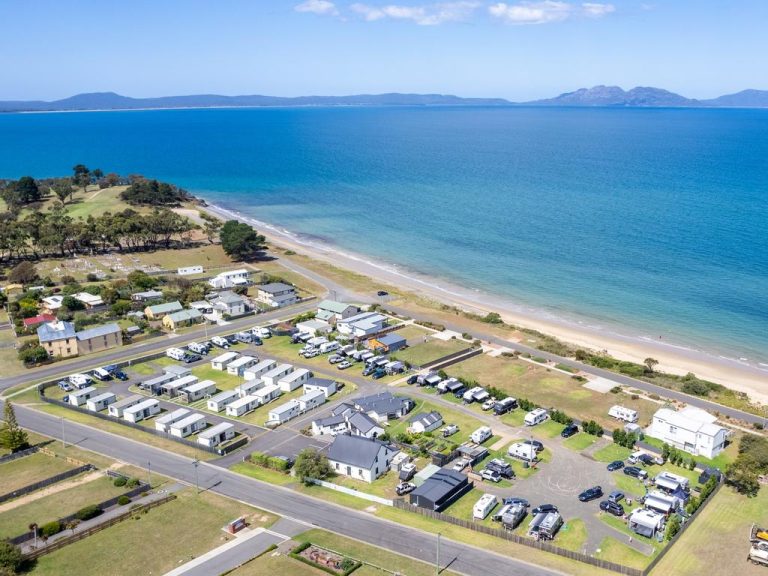NSW government to go it alone at White Bay Power Station

NSW government agency UrbanGrowth NSW has been forced to become master developer of Sydney’s White Bay Power Station site, saying the private sector’s proposals for the harbourside land involved too many apartments.
The shock move comes despite a consortium of leading universities offering to develop a knowledge precinct on the site and a proposal by Lend Lease to house technology company Google in a landmark building.
UrbanGrowth NSW chairman John Brogden announced that the organisation’s move followed the failure of a process, which drew 13 bids, to deliver an appropriate mix for the site.
“The NSW Government’s vision is for the old White Bay Power Station to become Australia’s leading, world class tech hub,” Brogden says.
“While some proposals were strong in certain areas, unfortunately there were no complying proposals that addressed the evaluation criteria to achieve the government’s plan for the site,” he says.

White Bay Power Station sits on a 10ha site to the west of Sydney Harbour.
In a swipe at the private sector tenderers, Brogden criticises groups that had sought to convert the power station into units to capitalise on Sydney’s apartment boom.
“The private sector proposals relied too heavily on residential development to fund decontamination of the Power Station, and doing so would have changed the nature of the site,” he says. “We will break the project into smaller parcels of land as part of a staged development to attract a diverse range of tenants who will meet the government’s agenda.”
UrbanGrowth will seek out tenants as it has done at Sydney’s Green Square precinct and at the Lachlan’s Line project, both of which have attracted private backing.
The private sector proposals relied too heavily on residential development to fund decontamination of the Power Station
Property developers attacked the government’s backdown on White Bay, saying UrbanGrowth NSW had not given any clear indication of what was on offer.
“They came to everyone with a blank canvas, they wanted us to spend the money, their process is flawed and it’s showing,” says one developer speaking on condition of anonymity.

An artist’s impression of a potential design for the White Bay Power Station.
“There was no clear direction on what the development of the site was supposed to be. They expect the developer to spend all this money for no reason.”
UrbanGrowth NSW was already overseeing the redevelopment of the 80ha area and the leading contender was to be presented to the Baird government in June.
Although the names of bidders have not been disclosed, several groups have already been flagged. Google and Lend Lease bid jointly for the site, which was pitched as the technology giant’s local headquarters.
Lend Lease said in March the White Bay Power Station was an exciting urban renewal project and it looked forwarded to participating in UrbanGrowth’s process.
The universities consortium, led by the University of NSW, included University of Sydney, the University of Technology and Macquarie University, as well as the University of Melbourne and the CSIRO.
A UNSW spokeswoman said in March that a consortium of five leading universities and the CSIRO had submitted an expression of interest to work with developers, industry and government on an innovation hub at White Bay.
Residential developers were in the field. Mirvac Group proposed a redevelopment, while Malaysian developer UEM Sunrise Berhad was also identified as considering a bid for the heritage-listed property.
Real estate agency Knight Frank marketed the property, fielding interest domestically and offshore.
White Bay, closed in 1983, is on a 10ha site that UrbanGrowth NSW intended to divide into three lots, one comprising a tech hub with 100,000sqm of floorspace within the power station, while the balance of the site – about 4.5ha – was to form part of the Bays Waterfront Promenade.
UrbanGrowth NSW has suggested comparisons between the renewal project and areas including New York’s Roosevelt Island, in a bid to illustrate how redevelopment can reinvigorate a city.
The Roosevelt Island tech community is expected to inject more than $US23 billion ($32 billion) into the New York economy over 30 years.
– with Lisa Allen
This article originally appeared on www.theaustralian.com.au/property.







